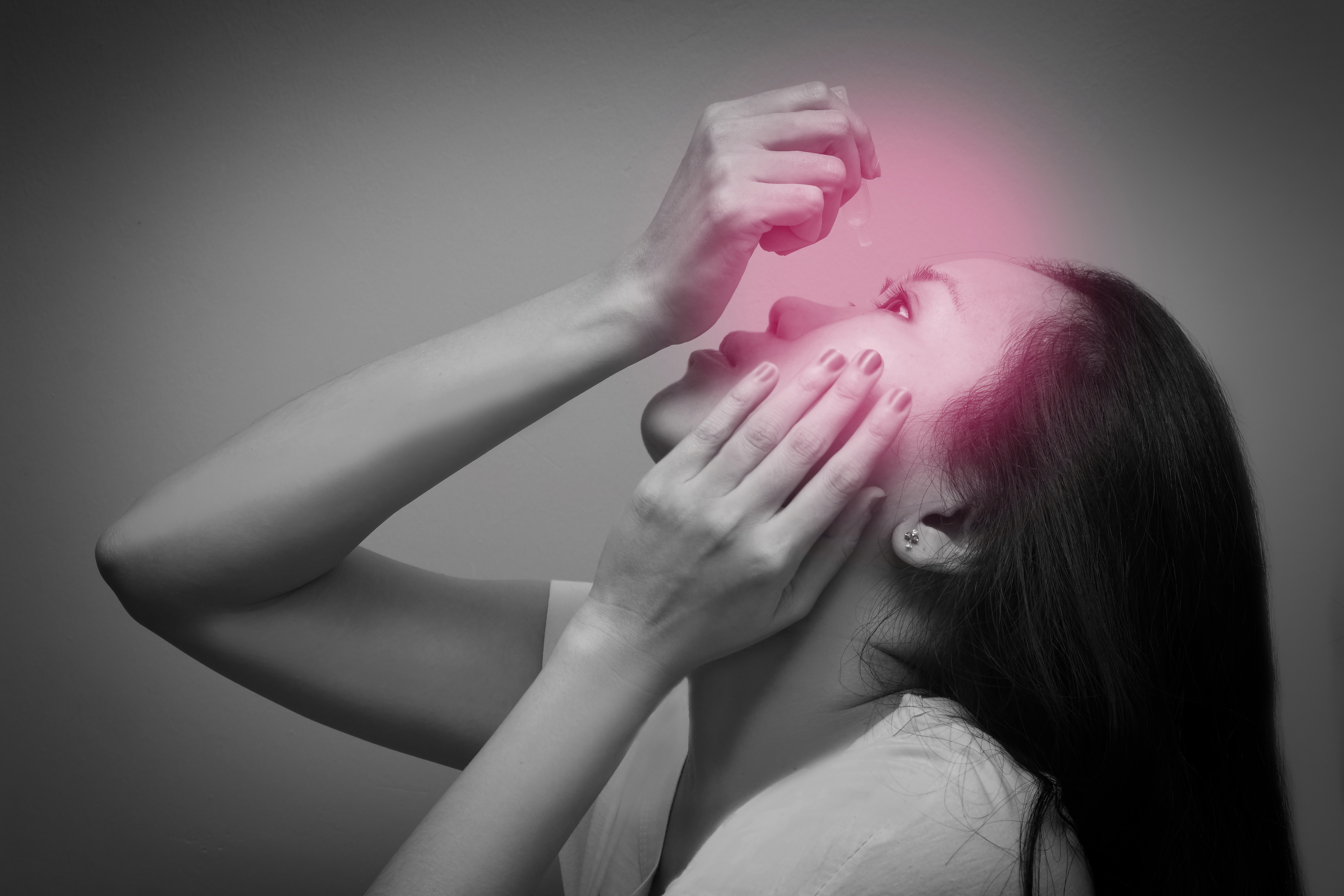SNEC and SERI trace the rise in dry eye disease to the COVID-19 pandemic triggering a lifestyle change.

The number of new referrals to the SNEC dry eye clinic rose by nearly 15 per cent during the pandemic, observed Prof Louis Tong, Senior Consultant, Corneal & External Eye Disease Department, SNEC; Principal Clinician Scientist and Head, Ocular Surface Research Group, SERI. There were 281 of these referrals in 2019; in 2020 there were 323.
Most people — 90 per cent — experience a less severe form of dry eye, known as community dry eye. The major symptoms of this include irritated, tired or watery eyes, intermittently blurred vision or discomfort around lights. But while these symptoms seem mild, they can considerably hinder everyday activities such as
working and driving.
Dry eye stems from factors such as ageing, vitamin D deficiency and lack of exercise. However, Prof Tong also found three major reasons behind the condition’s rise during the COVID-19 pandemic:
- Increased screen-time:
Longer screen time due to work-from-home arrangements led to reduced blinking, which is crucial for lubricating the eyes. - Use of masks:
While wearing masks, airflow tends to travel upwards and hit the eyes, causing more drying. - Less sleep, more stress:
Sleeping less means longer exposure of the eyes to air, increasing their susceptibility to drying.
Dry eye can be managed and prevented by patients on their own by controlling screen time, using eye-warming masks and eye drops, sleeping well and exercising regularly. Medical attention is required if the condition persists despite these measures. “Your body is naturally optimised to take care of your eyes, so take care of your body before it’s too late,” said Prof Tong.
Click
here to check out other articles in
SINGVISION Issue 1/2022.
